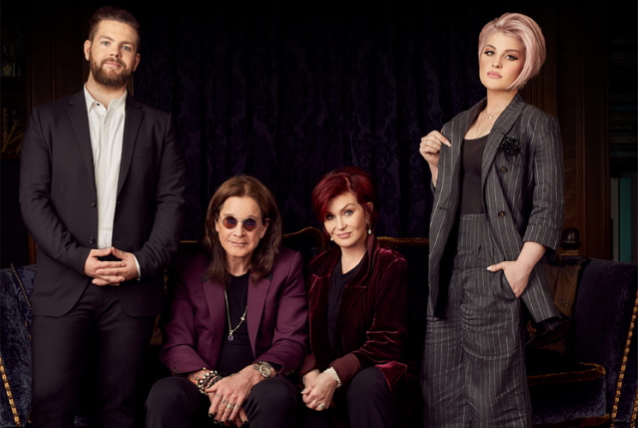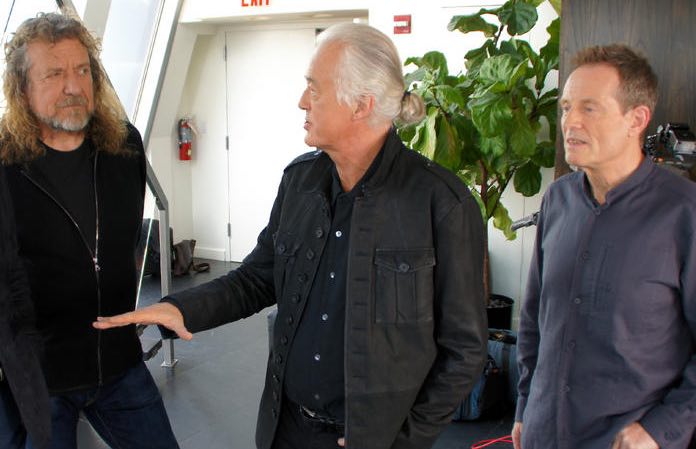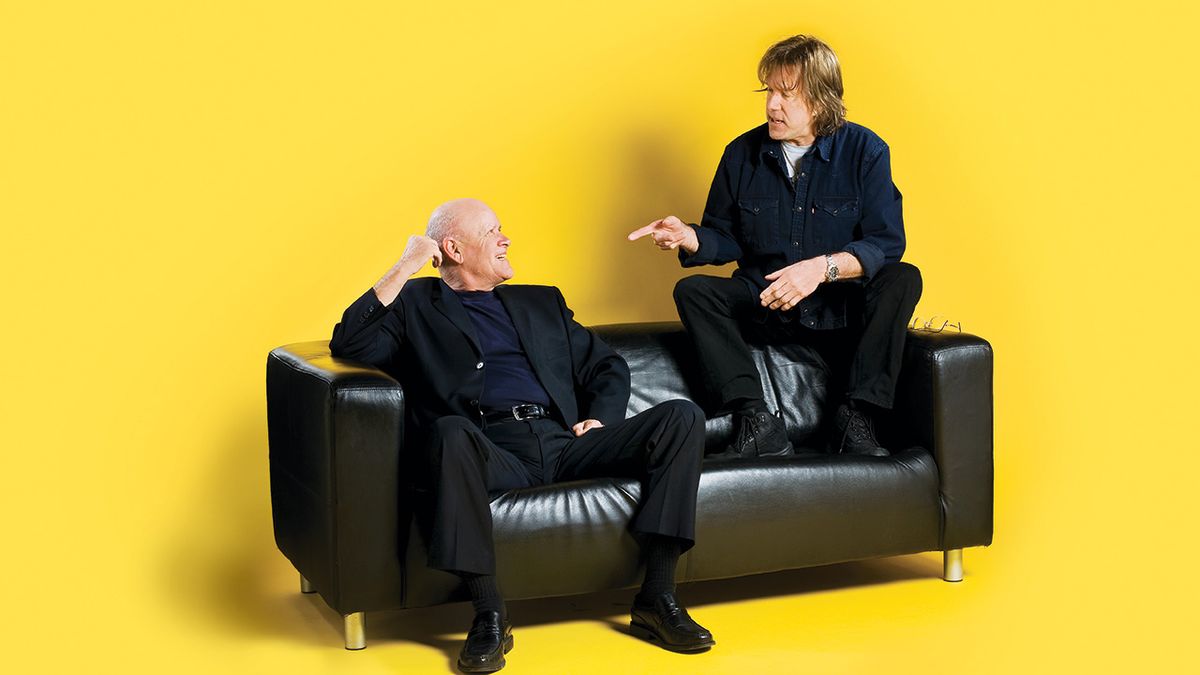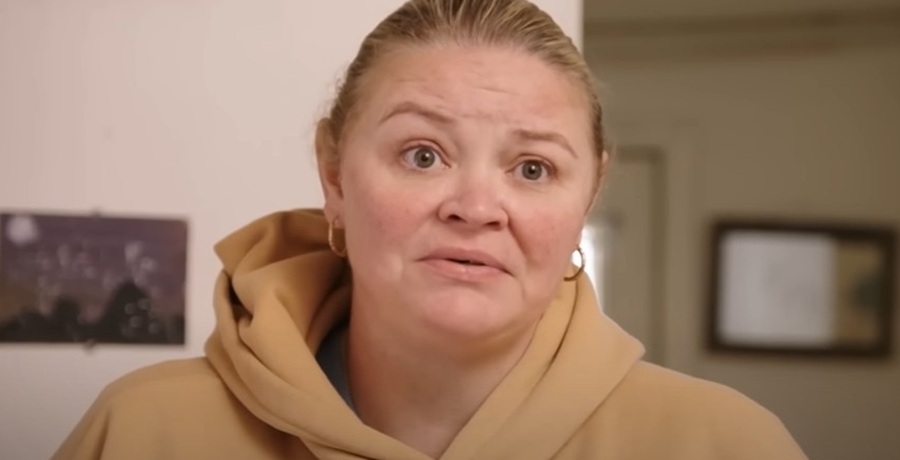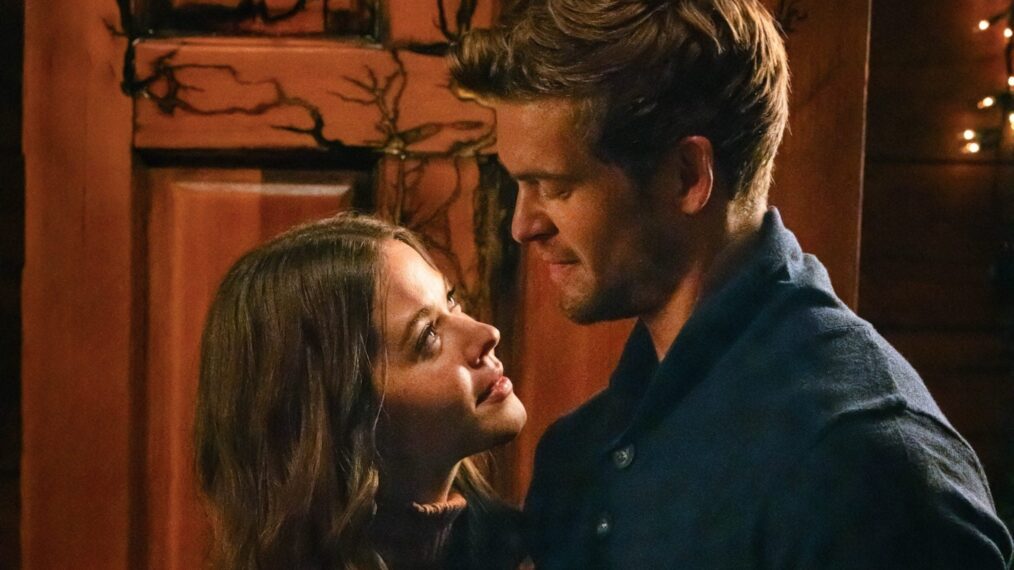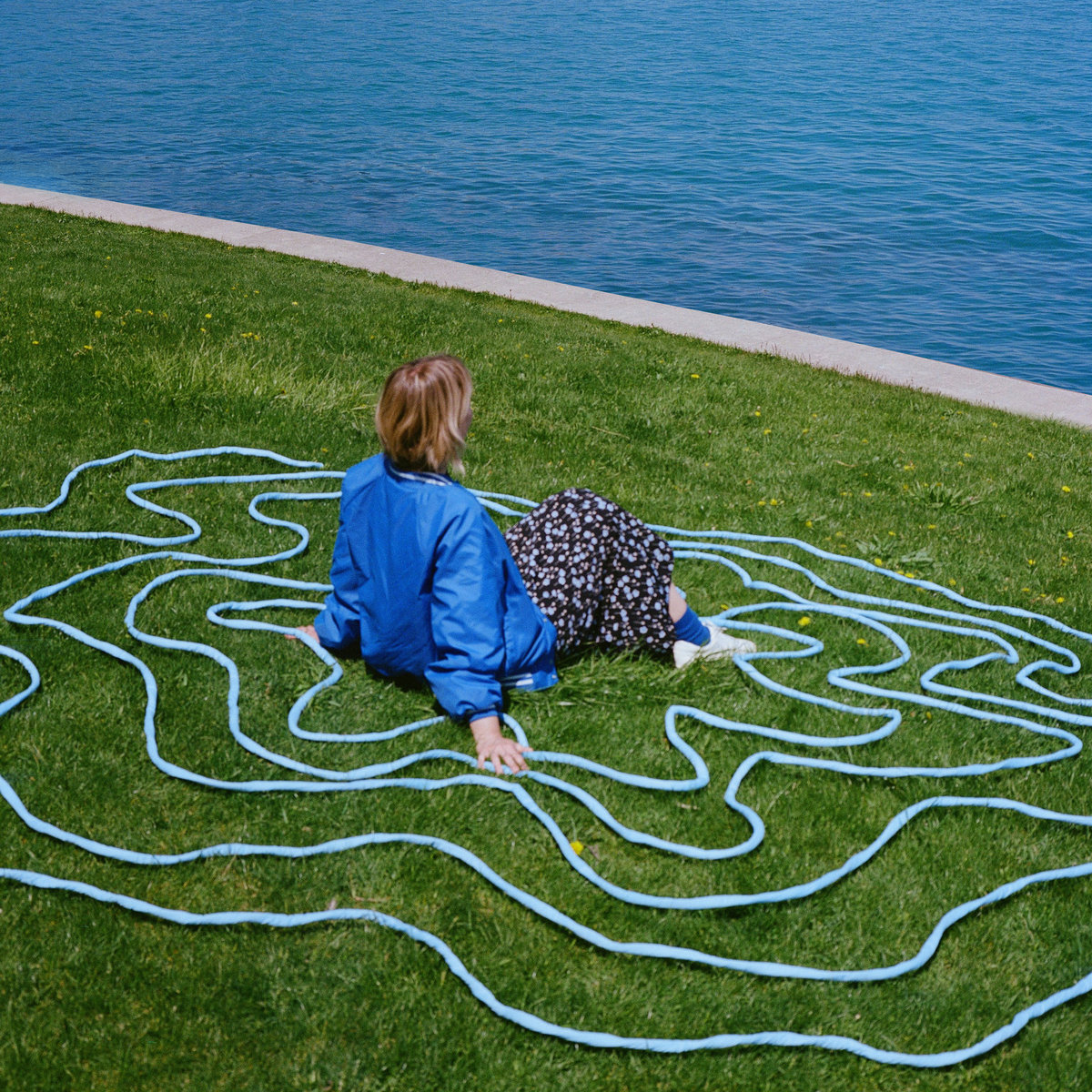Whew, what a week for music.
I was on vacation for the Easter holiday last week and came back to a cornucopia of music. The local venues were all in full swing with regular and special events. I could not get to all of them, but I did make it to Tropical Yeah, a Mexican cumbia rock dance band, and to at least two of the events of the Ajijic Mariachi Festival, Al Son de Lago.
Al Son de Lago was presented by the Pedro Rey School of Mariachi in Ajijic. The festival included concerts, workshops, mariachi classes in local schools, and free performances.
A little background. Mariachi can be traced back to the indigenous music of Mexico, heavily influenced by Spanish and African music, but went through a number of metamorphoses, one from being considered music of the farmers to the national music of Mexico. (That is a another column ). The modern Mariachi style emerged in the 19th century in Western Mexico, particularly in the state of Jalisco, where I live.
One of its influential stars in the 20th century was Pedro Rey, the renowned Mexican singer and actor who became one of the most sought-after Mariachi performers in Mexico. He was inducted into the International Mariachi Hall of fame in 2011. He retired in Ajijic, and founded the Pedro Rey School of Mariachi to train girls and boys the art and craft of the music. Now, almost 90, he still performs and teaches.

I went to two of the festivals ‘many events – a free concert and a fund-raising concert for the school.
The free performance took place Tuesday night in the Ajijic Plaza featuring Mariachi Real Ajijic, a local band that had played and toured worldwide for decades. The young mariachi students of the Pedro Rey School – who are extremely talented – opened for them, filling the plaza not only with parents and families, but with cheering, singing mariachi fans. Mariachi Real took the stage and introduced one of Jalisco’s top female mariachi singers, Sandra Guevara, aka, the Queen of Wild Music. And she lived up to her nickname.

Sandra and the band treated us to almost 2 hours of classical and modern mariachi, a running patter in Spanish and English of stories and jokes, and the Mexico custom of polishing off several bottles of tequila onstage with the help of audience members. About an hour into the concert, one of the stage crew handed Sandra a bottle of tequila which she poured into her mouth while the audience and band chanted “uno, dos, tres, cuatro” – that is far she got (or wanted to go). Then she invited members of the audience to come up while she poured tequila into their mouths to the same chant. One woman made it to “nuevo” (9) and one man reached “diez” (10). And then Guevara proceeded to sing like a bird for another hour.
Over 500 people packed the Plaza. Guevara waded into the audience and sang, picked up little children and sang, pulled people up on stage and sang, pulled a member of the children’s mariachi onstage and sang, and distributed more tequila, in an unforgettable performance.
Friday night was the Mariachi Gala finale at the Concerts in the Park venue at the Lake Chapala Society. Like the plaza it was packed. The students opened, wowing everyone with their professional playing. Then the Mariachi Corona Femenil took the stage. Founded in 2015 by María de La Luz and Denís López following in the footsteps of their grandfather, Rafael López Chávez, the founder of Mariachi Corona. They are now considered the finest female mariachi in Mexico.
And they hit it out of the park They had the crowd singing and clapping to the genre’s most popular songs as they went through a playlist of mariachi’s top hits. Even some of the violinists took to microphone as lead singers. It was a stunning performance and one that I normally cannot see unless I go to one of the big theaters in Guadalajara.
The women were followed by the men, Mariachi Corona, founded in 1955 and now in its third generation. Mariachi Corona is considered one of the best mariachis in the world and they showed us why. The concert went on late into the night. Paddles of tequila circulated, the bar stayed open, the crowd of Mexicans and Expats sang and clapped and cheered to the Corona men. It was a magic night as you can only find in Mexico.

But the magic wasn’t over. They next night we went to a free concert in the Auditorio by the tropical cumbia band Tropical Yeah!. I was curious about how the CCAR Auditorio, a 485-seat, sit-down theater with a stage designed for classical and jazz music, folklorico and ballet, would handle a cumbia rock dance band. No problem. No one stayed in their seats; some people filled the small space in front of the stage and the rest of us danced in the aisles. At one point, the band told everyone to come up on stage and dance with them and quickly the stage was crowded with gyrating bodies.
All I can say is whew, what a week.
Patrick O’Heffernan

